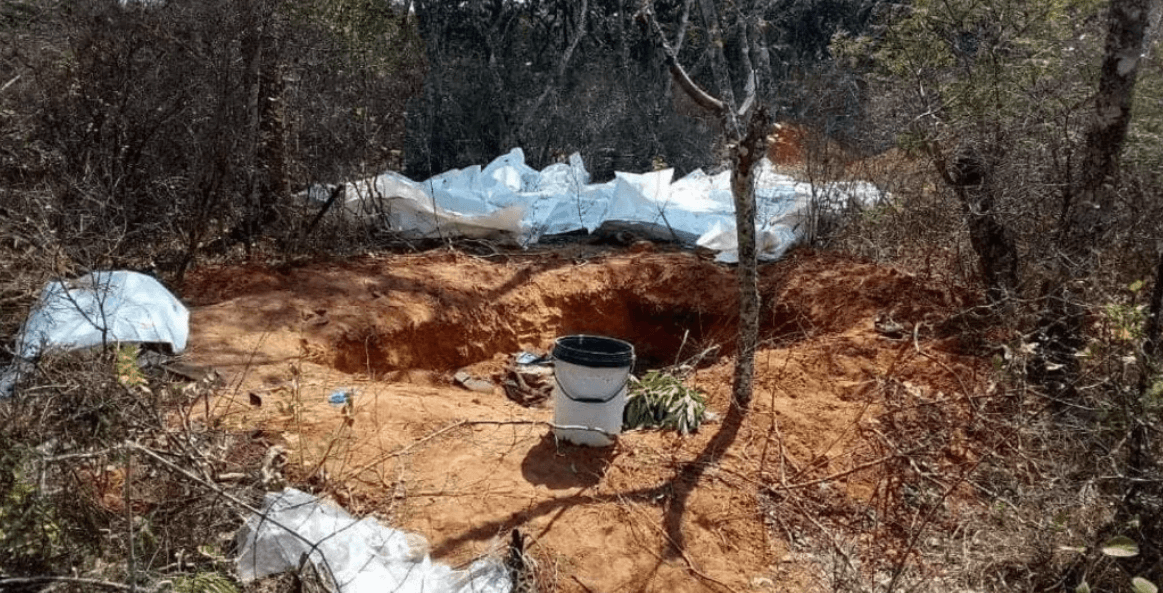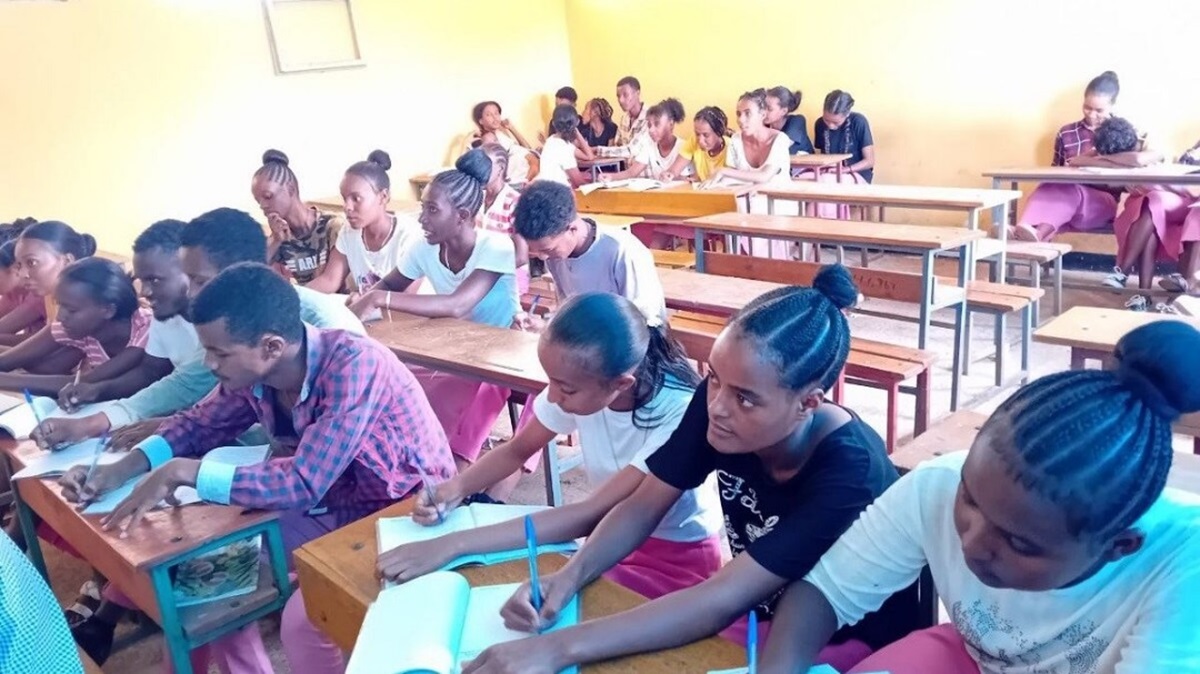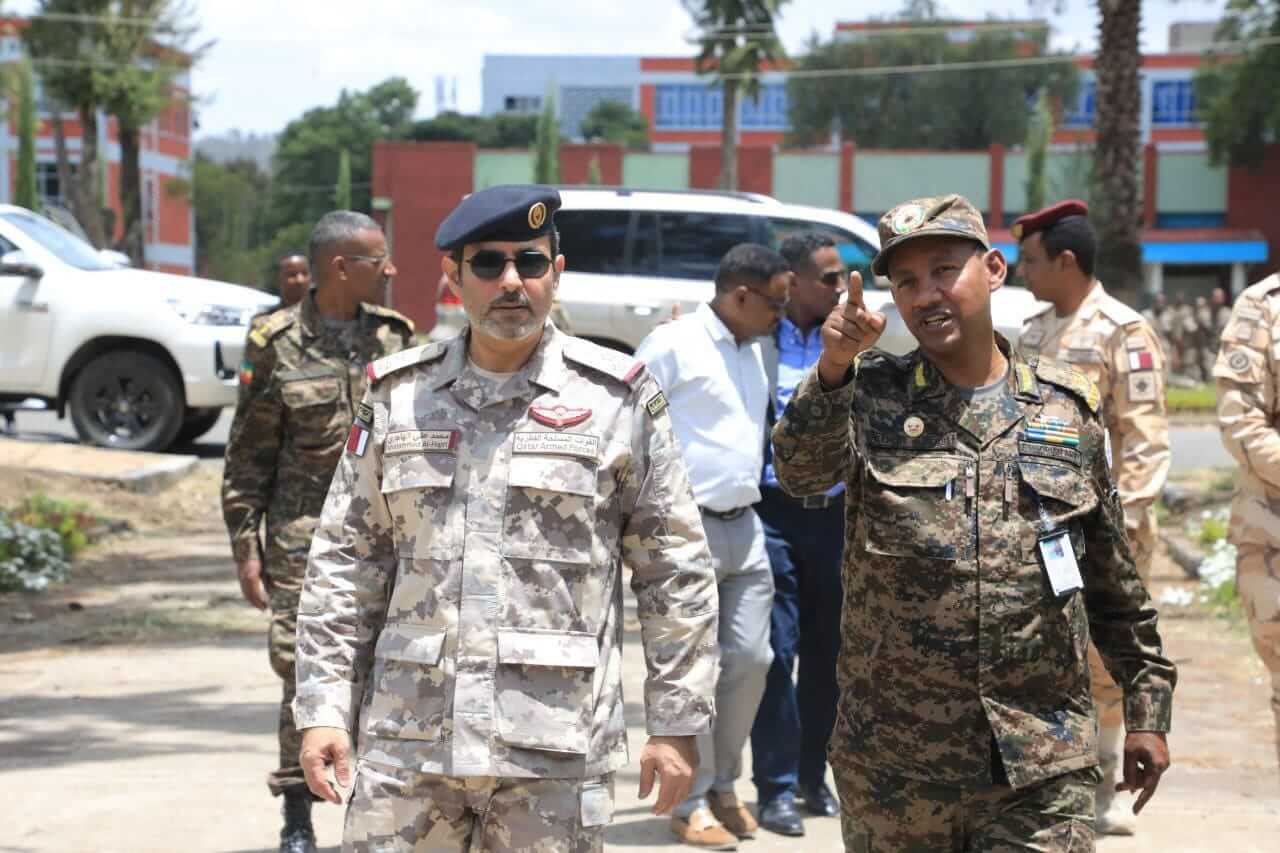Analysis: The impact of Covid-19 on the Somali Region: the case of forced migrants
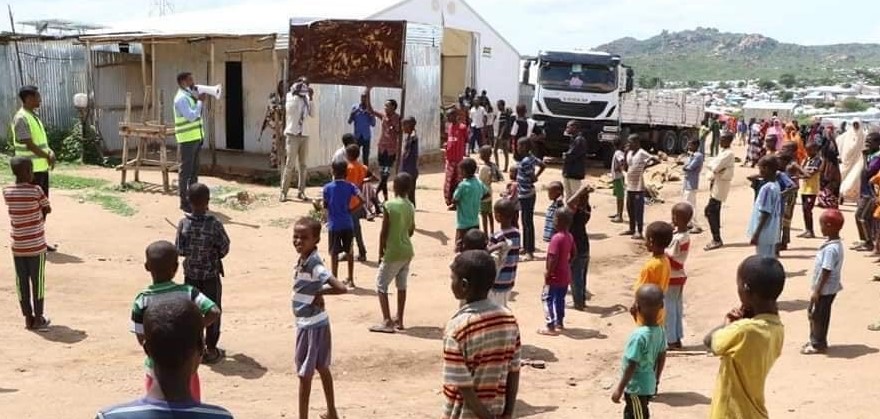
By Abdirahman Ahmed @AbdiraxmanSocy
Addis Abeba, August 07/2020 – The Somali Region is a perfect laboratory for migration and migrants: a source, destination and transit for various types of migrants coming from varying locations for various purposes. Somali region hosts the largest number of Internally Displaced Persons (IDPs) in Ethiopia. According to IOM’s DTM Round 21, the region hosts several IDP sites[1], the majority of which are informal sites located mostly in Fafan and Liban zones of the region. Vulnerable groups, such as women and children, represent the largest number of the total IDPs in the region. They, mainly, rely on humanitarian aid and little support from the government. In addition, those close to towns work as laborers in these nearby towns to support their families.
In terms of the number of refugees in Ethiopia, Somali region hosts 197,926 refugees as of March 2020[2] across eight refugee camps located in Fafan and Liben Zones. These refugees are mainly from Somalia and arrived at their respective camps over the course of the past few decades: 1991, 2006/7, 2008, 2011/12. They fled from Somalia due to the civil war, drought, famine, and prolonged conflict between various factions (religious and political groups) in Somalia. While the Administration for Refugees and Returnee Affairs (ARRA) coordinates all activities in the refugee camps including the movement of refugees outside the camps, refugees are involved in labor activities working as daily laborers and maids among others, in the host communities informally.
The region also hosts a large number of internal labor migrants from other regions of Ethiopia. The majority of laborers in the main towns of the region are young men and women from other regions in Ethiopia (notably the SNNPRS) and IDP camps in the region. In addition to these, the region is a passing route for irregular migrants from Ethiopia to Gulf states, irregular migrants from Somalia/Somaliland to Europe via the Mediterranean Sea and a source of various other irregular migrants per se. The average monthly arrivals of irregular migrants from Ethiopia crossing the region via Djibouti to Yemen was more than 6300 in 2019[3].
Beyond these migrants, the majority of settlers in the region are pastoralists who move from one place to another in search of greener pastures and water for their livestock. Pastoralists are susceptible to climate shocks and make up the chunk of climate-induced IDPs in the region (40% of total displacements). Livestock and livestock products are their lifelines and main source of livelihood.
Battling Covid-19 at the Regional Level
Ethiopia reported its first COVID-19 case on 13 March 2020. By late July, the country saw its highest record of positive cases reported in a day (915 new cases in one day) bringing the total positive cases to 20, 900 with 365 deaths as of now. The Somali Region had its first positive case reported on 26 April, and the number now stands at 759 cases and 18 deaths as of August 06. Returnees from Djibouti, Somaliland, and Somalia who were quarantined at Jigjiga University, Dawanle and other centers remained to be the main sources of infection initially. However, starting from mid-July, community cases reported have increased and fewer than 28 returnee cases are currently at quarantine centers.
While Covid-19 in Ethiopia is not as fatal as it has been in the countries with the highest rate of the infection, the regional government has imposed less restrictive measures to contain, and/or to prevent the spread of the virus. Moderate movement restrictions have been put in place; schools and university level education have been interrupted for an unknown period of time; mosques closed, mandatory face masks imposed, and most public and private NGOs have started working from home (despite the poor ICT infrastructure in the region), public gatherings are banned and region-wide physical distancing measures recommended.
While these measures save lives, they also came with unintended consequences despite the fact that their implementation have been kept loose and haphazard in the region. They have wreaked havoc on the economy which has experienced a dramatic drop resulting in the loss of livelihood means for migrants who earned their wages as laborers in the region. Restrictions have also impeded livestock markets for pastoralists who used to export livestock to Saudi Arabia via Berbera port. Moreover, the measures taken by the regional government has become a breeding ground for profound socio-economic impacts: i.e. inflation is believed to be as high as 100% in some areas such as the transport sector, exchange rate of Birr to Dollar (mainly the black market, but also the official rate), which indirectly contributes to inflation, has increased at unprecedented levels.
Impact of Covid-19 on Forced Migrants and Pastoralists
COVID-19 is a global pandemic that came with far-reaching effects not only in terms of health but also from a socio-economic perspective impacting livelihood means and all essential services particularly vulnurable communities; it is more severe for some compared to others. Even before the COVID-19 pandemic, pastoralists and other forcibly displaced persons were confronted with a range of challenges, including loss of assets and psychological trauma, communal conflicts, limited access to rights and services such as health and education, lack of opportunities, and numerous risks.
In the Somali Region, migrants were already vulnerable to shocks and disaster. In the context of IDPs (which represent more than 10% of the region’s population) and refugees, practicing social distancing, though ideal, was not possible. They are also not able to adhere to preventive measures as they lack access to essentials to prevent the spread of Covid-19 such as soap, water, alcohol and hand-sanitizers. Their livelihoods rely mainly on handouts from UN/NGOs and little support by the government. Movement restrictions (inter and intra-regional) since March have interrupted this service provision and all types of distributions for IDPs and to some extent the refugees. This has resulted in the loss of daily labor opportunities that refugees and IDPs both depend on to pursue a means of livelihood and income generation to support their families.
Irregular migrants passing through the region to Yemen and Djibouti have demonstrated an immense decline in number. But this was replaced by reversed migration: large number of returnees from Djibouti, Somalia and Somaliland came back to Ethiopia. Their return is associated with economic shockwaves induced by Covid-19 in their host countries. Meanwhile, internal labor migrants in the region have lost their means of livelihood due to the interruptions on labor activities such as construction work for instance. Some have even requested ‘voluntary quarantine’ at Jigjiga University as their livelihood sources were interrupted.
On the other hand, a recent report indicated that Ethiopia saw a significant decline in remittance due to the COVID-19 pandemic. Remittance is a key source of income and a lifeline for many families in the Somali region, which is known to have large number of diaspora communities overseas. This support to families back in the region has been hit hard. Remittance receiving channels in Somali Region have mentioned that the decline is more than 50% of the total amount. According to one remittance channel manager in Jigjiga, “The average remittance receiving house hold in Jigjiga received 300$ per month as a family support from their relatives before Covid-19. This fell to 150$ a month except for Ramadan”. This is mainly due to loss of jobs and the fall of migrant workers’ wages in the host countries. Channels also indicated that host countries control the amount that migrants can send at a time. This is to control outflow of currency from migrant hosting countries to keep their economies safe.
The region has witnessed good rain performance unlike preceding years’ rain performances that induced displacements in Doolo, Sitti and other areas of the region. The drought that affected pastoralists in the region during those seasons is referred to locally as Af-gudhiya [4] by displaced pastoralists in Doolo. Better performance of rains for the last few seasons reduced mobility of pastoralists and climate induced displaced people in the region. However, pastoral communities depend on livestock trade and products. Hajj (pilgrimage) season represents the most profitable time to sell livestock for pastoralists in the region. The fact that Hajj has been cancelled this year can possibly reduce livestock demand, make the worst market for decades and leave pastoralists in a difficult situation. Moreover, the outbreak of unknown livestock diseases has caused a massive loss in livestock and is threatening livestock (camels in particular) in many parts of the region including Dawa, Shabelle, Jarar and other areas. All this, coupled with market interruptions, will hit the crucial lifelines of pastoralists very hard.
A call for action
Somali Regional government and Covid-19 response committees should carry out a rapid multi-sectoral assessment to see the multi-faceted repercussions of the pandemic on the community, forced migrants and vulnerable pastoralists and lead an appropriate responses thereafter.
The preventive measures imposed by the regional government including mandatory facemasks, reducing crowds and mass gatherings, physical distancing etc., have been kept loose practically. The committee shall consider putting these measures effective to reduce transmission and avoid the possibility of second wave.
The regional government needs to intervene in the market and ensure the prices are commensurate to the supply. Unintended consequences such as inflation should call for an urgent response from the regional government.
Since humanitarian aid is expected to shrink as the pandemic has impacted all parts of the world, regional government should come up with local solutions and intensify their support and service provision to pastoralists and the forcibly displaced.
The World Bank has supported Ethiopia with a budget of $82.6 million to help the country mitigate the impacts of the pandemic. This budget should be properly utilized to meet the intended goal including financing the regional response plan, preparing appropriate facilities in line with the safety standards for returnees to avoid further transmission in to the hosting communities. AS
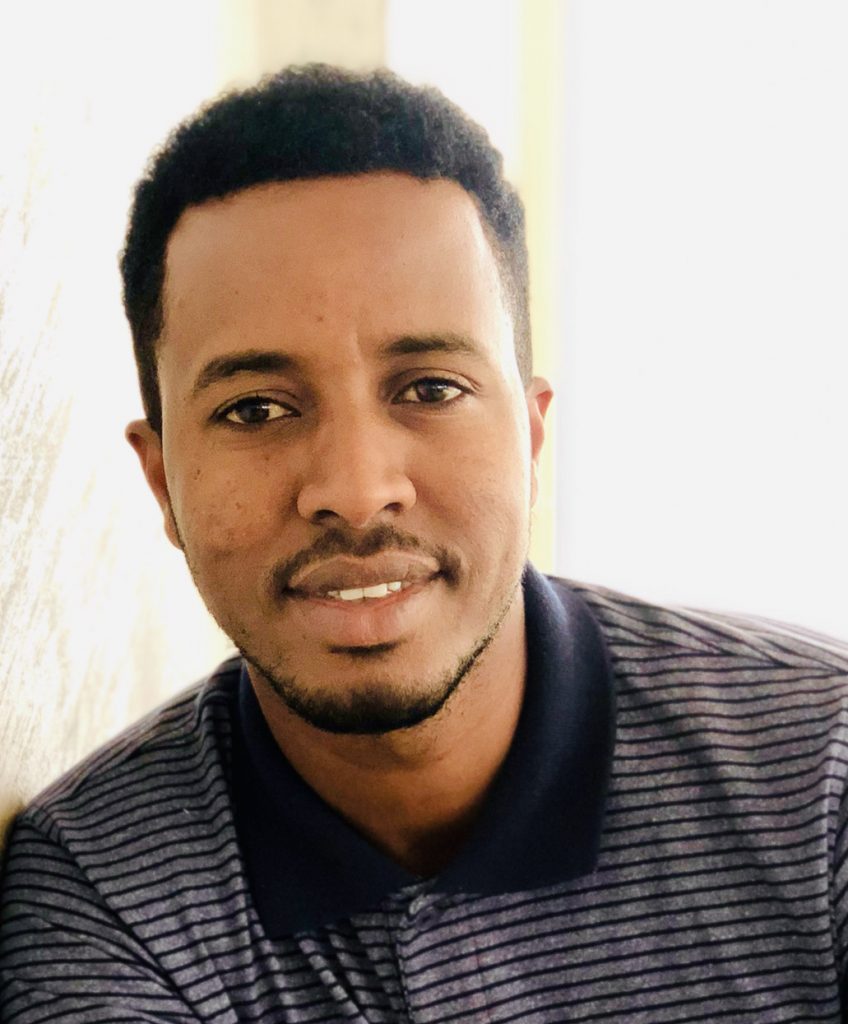
Editor’s Note: Abdirahman Ahmed is a Lecturer, Jigjiga University, Somali region. He can be reached at: amuhumad@jju.edu.et
End Note:
[1] IOM, Demographic Tracking Matrix (DTM) Round 21, February – March 2020.
[2] https://data2.unhcr.org/en/country/eth July 31/2020
[3] IOM, Impacts of Covid-19 movement restriction on migrants alongside the eastern corridor, report 2. May 2020
[4] IDMC, 2019. NOTHING TO PUT IN YOUR MOUTH: Seeking durable solutions to drought displacement in Ethiopia.



